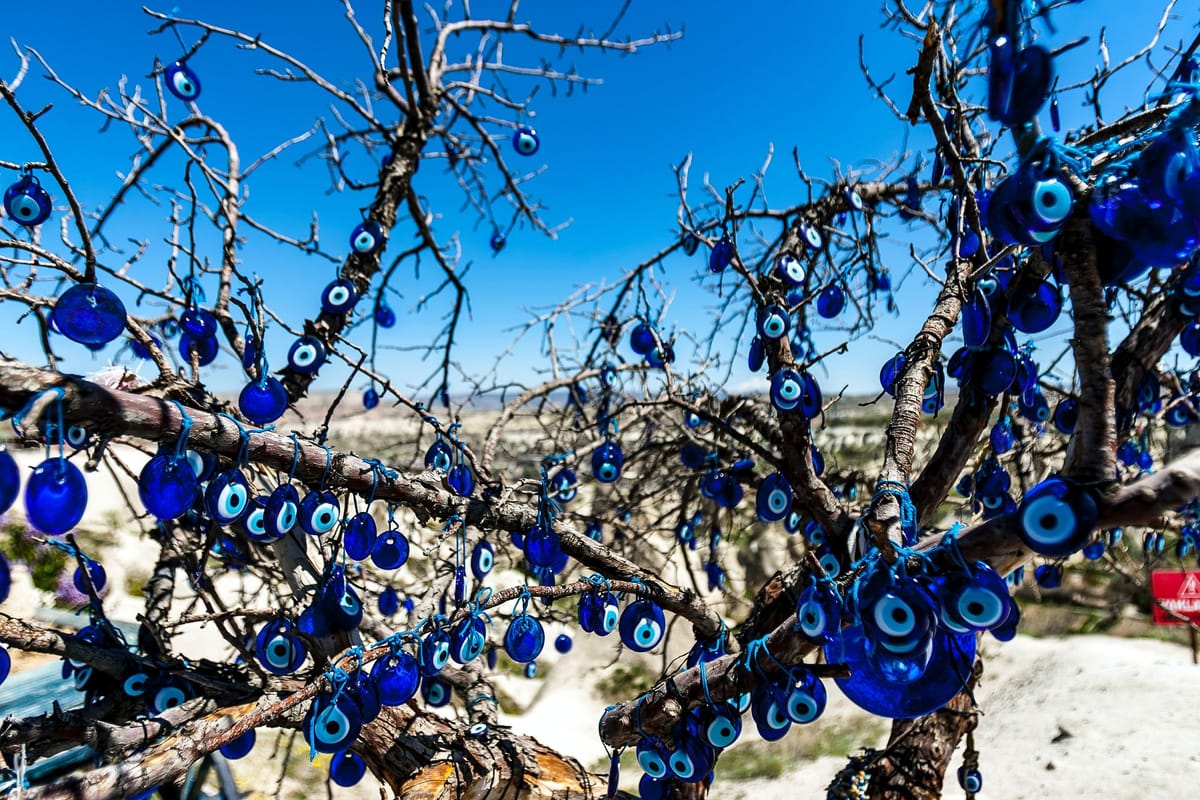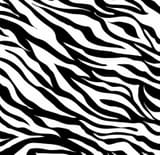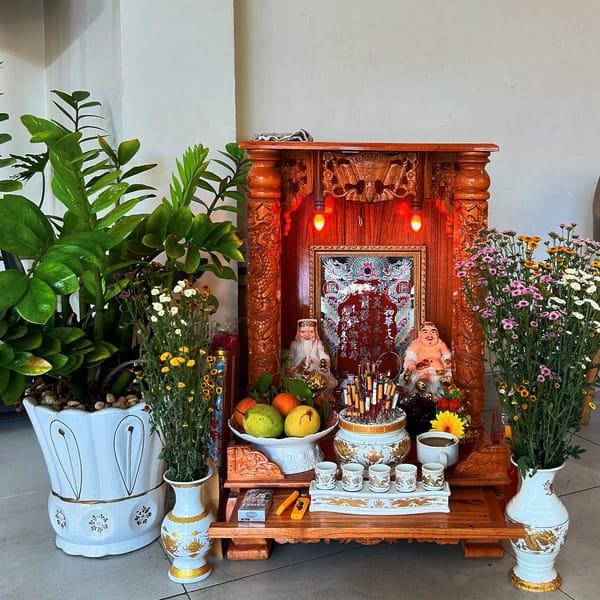what is the evil eye?

The evil eye amulet can be seen across mainstream culture today, whether it's on social media or adorned onto necklaces, bracelets and other jewellery. But what does it symbolise, and where and when do its underlying superstitions originate? Do these superstitions hold any logical value? Let's get into it. 🧿
Our eyes give us the power to perceive and navigate the external world. It is said that they are the windows of the soul, and so in this light they can be understood as much more than solely a sensory organ. They tap into a world out of our grasp; another dimension of reality, where our true essence resides (if such a world exists).
Before the current era of industry and rationalism dismissed the supernatural and the spiritual, belief in these ideas was the root of many cultural traditions, and still take significant places in many world religions and belief systems today.

Evil eye is the casting of ill will from one person onto another through the eyes. The receptor of this malevolent glare is said to, consequently, soon encounter a chain of negative events; these could take the form of an illness or ailment, a tragic event or perceived bad luck. It's a key example of moral vitalism: the idea that good and evil are actual forces capable of influencing people and events.
Envy and jealously are thought to be most commonly transmitted in this way, and the intention is to, in effect, knock a person down so that the object of this envy is no longer there.
It can be cast unintentionally, even under the guise of a compliment, and those with blue or green eyes are said to experience evil eye more than others.
After observing the power of the evil eye, and believing strongly in its detrimental effects, people of the past sought ways to protect themselves, their loved ones and their possessions from its negative effects.
The Eye Amulet
One popular method of apotropaic protection against these evil intentions, and the one most recognisable today, is the eye amulet, traditionally known as nazar in Turkey.

This amulet can be found on gifted jewellery, ornaments and within peoples homes to protect their families and their sanctuaries. Using depictions of the eye to protect in this way goes back as far as the ancient Mesopotamians; the people believed to bring the amulet to Mediterranean cultures through trade, around 5000BC.
Other Methods
Other cultures also have ways to ward off the evil eye's curse.
In Islamic Tradition
In Islamic tradition it is common to speak the phrase "Masha'Allah" (ما شاء الله), or "God has willed it" when given a compliment, to ensure that the evil eye is rendered powerless. The Hand of Hamsa is also a symbol of protection in Islam, but ths use of lucky charms and talismans are considered haram.
In Christian Tradition
Many Christians wear cross necklaces to protect themselves from Satan.
In Iran
It is courtesy in some Persian cultures to follow compliments by saying "chesham shur nist" (چشم شور نیست), meaning "the eyes are not salty", as to avoid inflicting the jinx onto another.
In Trinidad and Tobago
Here, the evil eye is known as 'maljo'. A certain shade of blue, when worn in accessories and clothing, or painted in households and in furniture, is thought to act as a shield against this evil. Thus, this specific shade is known as 'maljo blue'.
In Italy
In Italy, where the evil eye is known as 'malocchio', wearing the red 'cornicello' is considered protective. It's a small horn, commonly seen in the form of a necklace or hanging in a car's rear-view mirror.
A scarlet-red thread tied around the wrist is also considered protective in certain cultures, specifically certain Jewish and Hindu ritual practices.
It's made evident that across the seven seas and through the millennia, humans have found ways to protect themselves against these dark ideas.
Is this Simple Superstition?
Words like 'curse', 'jinx' and the ideas of using amulets to protect one's self make these ideas seem fantastical, unrealistic and superstitious. So, let's explore these ideas in a more modern context, and see whether these ideas hold any truth.
Historians analysing belief in the evil eye around the world found that communities living with larger wealth disparities generally had more interest and belief in the evil eye and protecting themselves against it - probably because in these communities, envy had a higher probability of escalating into actual physical violence toward those with a surplus of resource.
This suggests that this idea simply originated in and reflects the human being's envy and also fear of envy, which is understandable and is still around today.
We now understand, though, that transmissible illnesses and diseases are caused by pathogens floating in the air, and not passed through negative intentions being wished our way. This notion has been the cause of much violence throughout human history, with people intuitively assuming that a glare left illness in its wake, and seeking revenge on its beholder. It seems that pathogens provide a better explanation to illness than jealousy in this case.
In terms of misfortune, though, perhaps there is a kind of logic behind these ideas. We all play a part in the laws of cause and effect within social interaction. Eye contact between people may induce emotion or thought; ranging from love and connection to hatred and envy.
These thoughts can stay within a person for a varying degree of time; so, in this way, one look may change the outcome of a person's whole day, however subtly. When you consider the amount of other interactions this person may have throughout their day, the domino effect of this one look may greatly improve or diminish the days of many. Maybe this is the meaning behind the metaphor.
To conclude, the cross-cultural concept of the evil eye is usually charged by jealousy and envy, and there are a multitude of ways one can feel protected from it.
It has roots in the ancient world, yet is still believed in by many today, and may originate in perceived patterns in social interactions.
Nowadays, when many cultures and communities remain sure of its existence, science offers us alternative explanations to the evil eye.
Maybe it doesn't make us ill, or send bad forces our way. But the power of the eyes, and what they give us sight of and insight into, is something nobody can deny.
Do you believe in the evil eye?
🧿
SOURCES/FURTHER READING:
https://www.bbc.com/culture/article/20180216-the-strange-power-of-the-evil-eye
https://www.alexandani.com/blogs/the-wire/history-and-symbolism-of-the-evil-eye#:~:text=The%20symbol%20of%20the%20evil,symbols%20for%20protection%20and%20guidance.
https://en.wikipedia.org/wiki/Nazar_(amulet)
https://www.greecetravel.com/archaeology/mitsopoulou/blue.html
https://medium.com/forte-academy/5-things-you-should-know-about-the-evil-eye-and-how-to-protect-yourself-3a01605cc303
https://www.youtube.com/watch?v=Y9-EMGBzbbw
https://labs.la.utexas.edu/swann/files/2019/11/bastian-et-al.-2019.pdf





